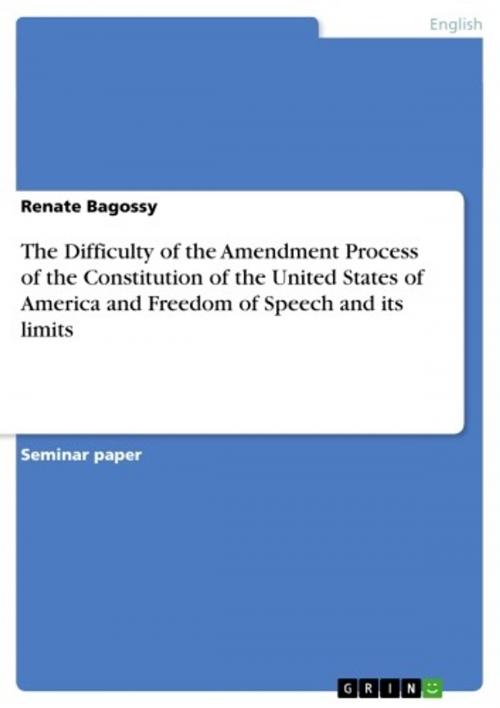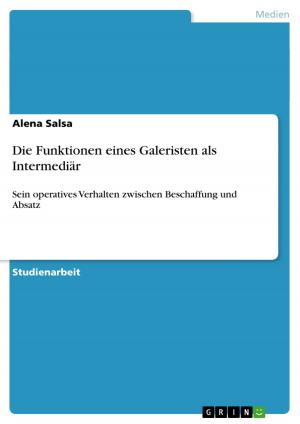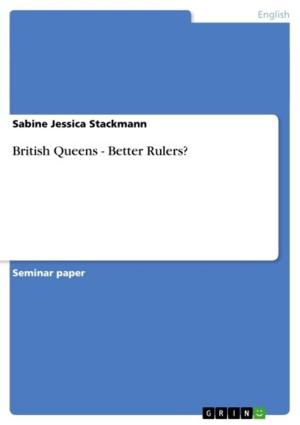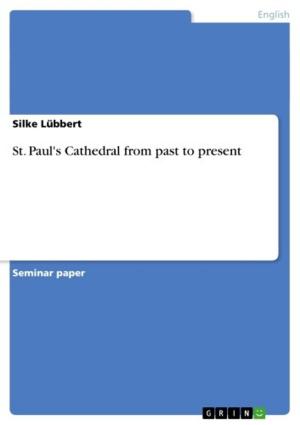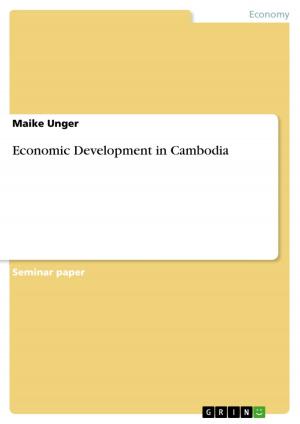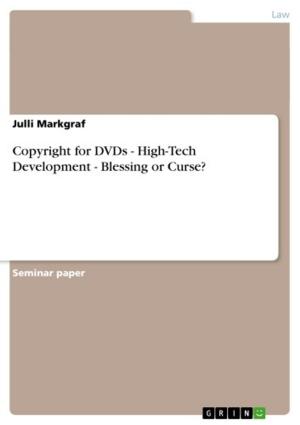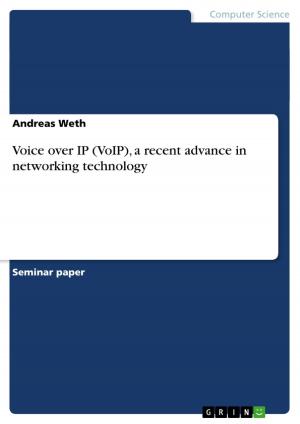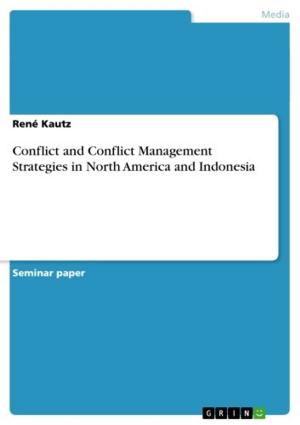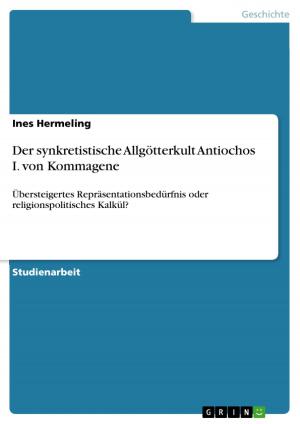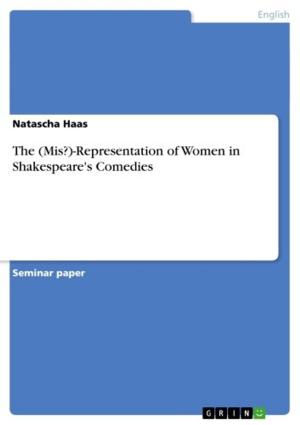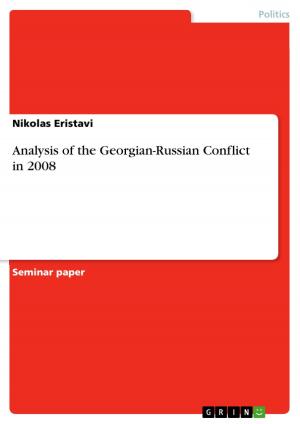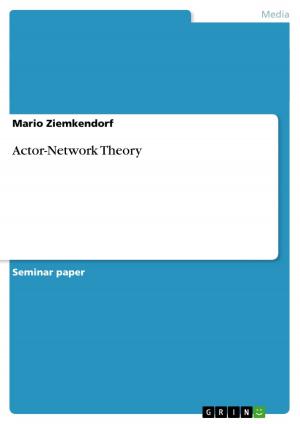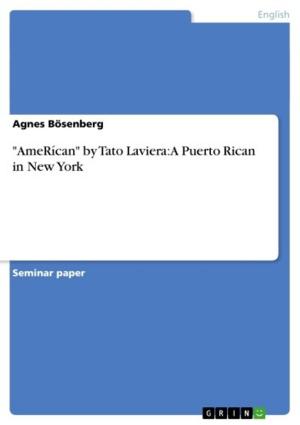The Difficulty of the Amendment Process of the Constitution of the United States of America and Freedom of Speech and its limits
Nonfiction, Entertainment, Drama, Anthologies| Author: | Renate Bagossy | ISBN: | 9783638393331 |
| Publisher: | GRIN Publishing | Publication: | July 5, 2005 |
| Imprint: | GRIN Publishing | Language: | English |
| Author: | Renate Bagossy |
| ISBN: | 9783638393331 |
| Publisher: | GRIN Publishing |
| Publication: | July 5, 2005 |
| Imprint: | GRIN Publishing |
| Language: | English |
Seminar paper from the year 2004 in the subject American Studies - Culture and Applied Geography, grade: 2,0, Martin Luther University (Institut für Anglistik und Amerikanistik), course: The American Constitution: Past and Present, 13 entries in the bibliography, language: English, abstract: From the beginning on Americans have proclaimed liberty, have fought wars in its name have evaluated events and institutions and politics in the light of liberty. They were convinced that they are free people and they always wanted to serve as a model for the rest of the world. Besides the Declaration of Independence, the Constitution, ratified on the 17th of September 1787, is the fundamental document that symbolizes this freedom and that serves as a legal basis of the juridical system of the United States. This original document does not include speech freedom and freedom of the press, which are two of the most important liberties a free nation should have. The Bill of Rights that includes these liberties was added later, as amendments to the original document. However, the Constitution and its amendments serve as more or less strict guidelines, as the text is not unambiguous. It is difficult to interpret the twisted language of it and as I will show in this work, the opinions reach from one extreme to the other. Justices of the Supreme Court play a leading role in interpreting the Constitution, therefore a lot of juridical cases deal directly or indirectly with the interpretation of the Constitution and are a subject of this term paper. In this term paper I am going to show how the original Constitution was finally ratified, and how difficult it is to change this document. The aim of the Framers was to make the changing of the Constitution as challenging as possible. The difficulty of the amendment process is explained with the help of an example; The Equal Rights Amendment. After discussing the basis of the amendment process I will analyze how freedom of speech and freedom of the press has been interpreted since the ratification of the Bill of Rights. I will explain that speech freedom does not mean unlimited freedom of speech, and will introduce cases that step by step show how complete freedom of speech was allowed or how for example the 'clear and present danger test' and the 'bad tendency test' limited it. Then I will go into further detail and examine cases that deal with slander, libel and obscenity, expressions that are not protected by the First Amendment. Discussing the interpretation of Freedom of Speech is a wide topic and I was forced to leave out some aspects. Sedition, criminal conduct such as bribery, pre jury, or incitement to riot does not or only partly form part of this term paper.
Seminar paper from the year 2004 in the subject American Studies - Culture and Applied Geography, grade: 2,0, Martin Luther University (Institut für Anglistik und Amerikanistik), course: The American Constitution: Past and Present, 13 entries in the bibliography, language: English, abstract: From the beginning on Americans have proclaimed liberty, have fought wars in its name have evaluated events and institutions and politics in the light of liberty. They were convinced that they are free people and they always wanted to serve as a model for the rest of the world. Besides the Declaration of Independence, the Constitution, ratified on the 17th of September 1787, is the fundamental document that symbolizes this freedom and that serves as a legal basis of the juridical system of the United States. This original document does not include speech freedom and freedom of the press, which are two of the most important liberties a free nation should have. The Bill of Rights that includes these liberties was added later, as amendments to the original document. However, the Constitution and its amendments serve as more or less strict guidelines, as the text is not unambiguous. It is difficult to interpret the twisted language of it and as I will show in this work, the opinions reach from one extreme to the other. Justices of the Supreme Court play a leading role in interpreting the Constitution, therefore a lot of juridical cases deal directly or indirectly with the interpretation of the Constitution and are a subject of this term paper. In this term paper I am going to show how the original Constitution was finally ratified, and how difficult it is to change this document. The aim of the Framers was to make the changing of the Constitution as challenging as possible. The difficulty of the amendment process is explained with the help of an example; The Equal Rights Amendment. After discussing the basis of the amendment process I will analyze how freedom of speech and freedom of the press has been interpreted since the ratification of the Bill of Rights. I will explain that speech freedom does not mean unlimited freedom of speech, and will introduce cases that step by step show how complete freedom of speech was allowed or how for example the 'clear and present danger test' and the 'bad tendency test' limited it. Then I will go into further detail and examine cases that deal with slander, libel and obscenity, expressions that are not protected by the First Amendment. Discussing the interpretation of Freedom of Speech is a wide topic and I was forced to leave out some aspects. Sedition, criminal conduct such as bribery, pre jury, or incitement to riot does not or only partly form part of this term paper.
